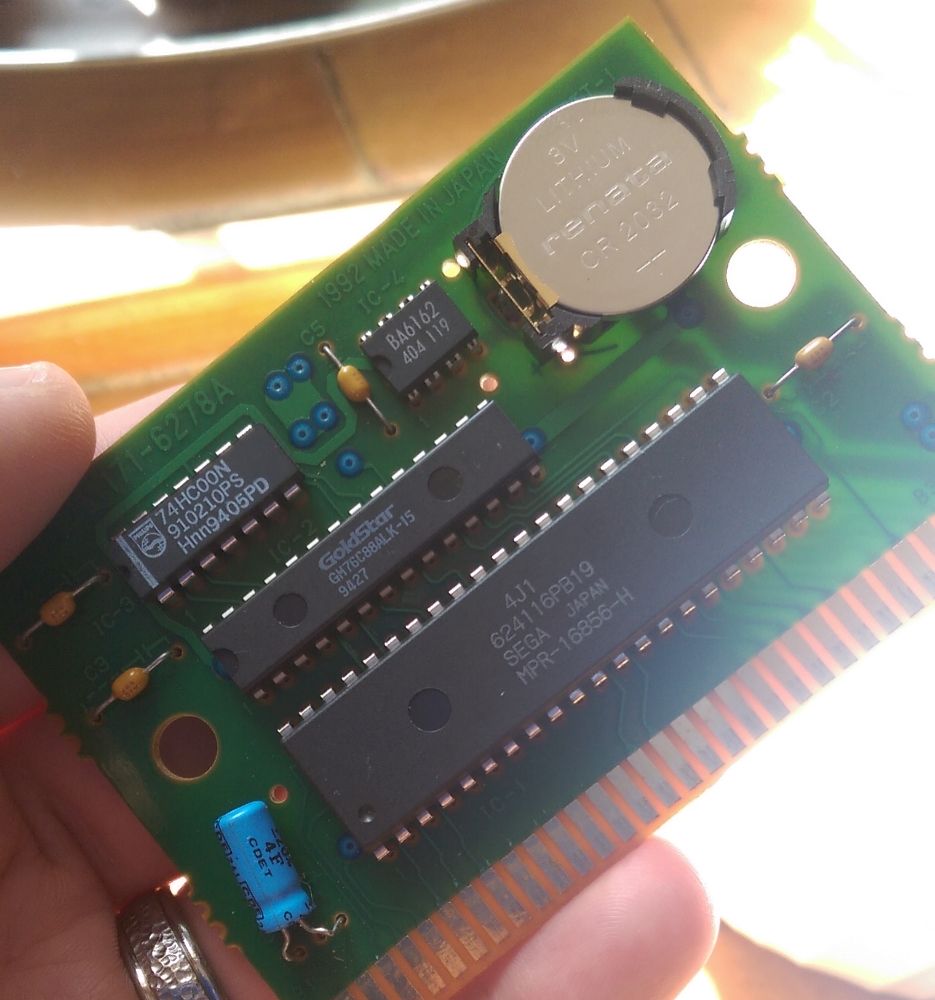"Released in the US on June 23 - a full month before its launch in Japan - Sonic was a smash. Everyone understood this was something new an dimportant. "Sonic has thrown down the gauntlet to Mario in a big way, "C&VG wrote in its ecstatic review. "Everyone's favorite Italian plumber must be feeling just a little washed out."
Inspired, Kalinske went over to Sega of Japan and announced his plan to bundle Sonic with the Genesis, while reducing the price of the console to $149. The response was explosive. "The Japanese board thought I was nuts," says Kalinske. "They said, 'My God, we don't make any money on the hardware as it is. If we give away the best title, you're taking the software profit away, this is crazy!" But Nakayama remembers the ambition of Kalinske's proposition. "At that time, the software buying rate in the US was, on average, three games to one piece of hardware," he says. "But Sega of America believed that even if we sold the unite with Sonic under cost price, they could cover the loss and make a profit on future sales of software." It was the loss-leader philosophy taken to its very extreme.
The room descened into chaos. But Kalinske stuck to his guns: "The board members were all talking in Japanese. [Executive vice president of Sega of America, Shinobu] Toyoda was trying to translate for me as fast as he could, but he couldn't keep up with all the banter going on. And then Nakayama got up and kicked a chair over...He was angry that everyone else in the room was so negative at what I was proposing. At the end of the meeting, as Nakayama was walking out of the door, he turned and said to everybody, 'I don't care what any of you think; I hired this guy to make changes in the US. I promised him a free hand, so we're going along with him.' He was very clear. He might have been surprised at the things I wanted to do, but he wasn't angry at me. Nakayama overruled them all. And that was the end of the meeting."
The decision resulted in a huge boost in sales, with 15 million units of the Sonic bundle sold. The Genesis, with Sonic leading the charge, hand't just captured the teen market, it had captured the zeitgeist. The machine was speaking to a generation that had grown up with MTV, a generation raised on jump cuts and dislocated narratives. This was the era of Teenage Mutant Ninja Turtles and Garbage Pail Kids, of casual surreality and postmodern mania. For these kids, the Genesis was now an aspirational product that measured up to the teen generation's universal yardstick - it was cool.






